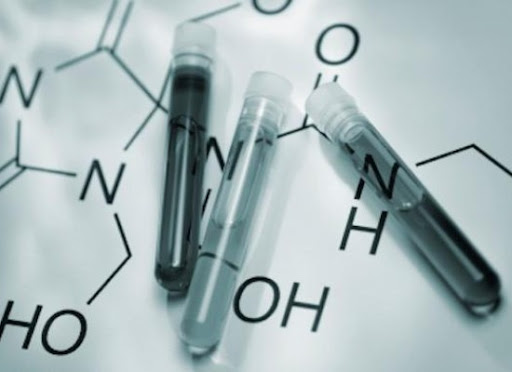Upon the successful completion of Subsurface Production Operations and Artificial Lift Technologies course, participants will be able to:
This interactive Training will be highly interactive, with opportunities to advance your opinions and ideas and will include;
Artificial lift screening methods
BTS attendance certificate will be issued to all attendees completing minimum of 80% of the total course duration.
| Code | Date | Venue | Fees | Register |
|---|---|---|---|---|
| PE174-01 | 19-04-2026 | Dubai | USD 5450 | |
| PE174-02 | 21-06-2026 | Dammam | USD 5450 | |
| PE174-03 | 14-09-2026 | Istanbul | USD 5950 | |
| PE174-04 | 01-11-2026 | Dubai | USD 5450 |
As the complexities of real life systems increase so has to increase our understanding of them. Issues that are regularly arising in oil and gas exploration, production and transportation industries m ...

Chemical engineering is at the heart of much of the chemical, oil, gas, and petrochemical industries. The chemical engineer is interested in the transportation and transformation of solids, liquids an ...
Providing services with a high quality that are satisfying the requirements
Appling the specifications and legalizations to ensure the quality of service.
Best utilization of resources for continually improving the business activities.
BTS keen to selects highly technical instructors based on professional field experience
Since BTS was established, it considered a training partner for world class oil & gas institution
1st floor, Incubator Buildingو Masdar City, Abu Dhabi, UAE
Sun to Fri 09:00 AM to 06:00 PM
Contact Us anytime!
Request Info